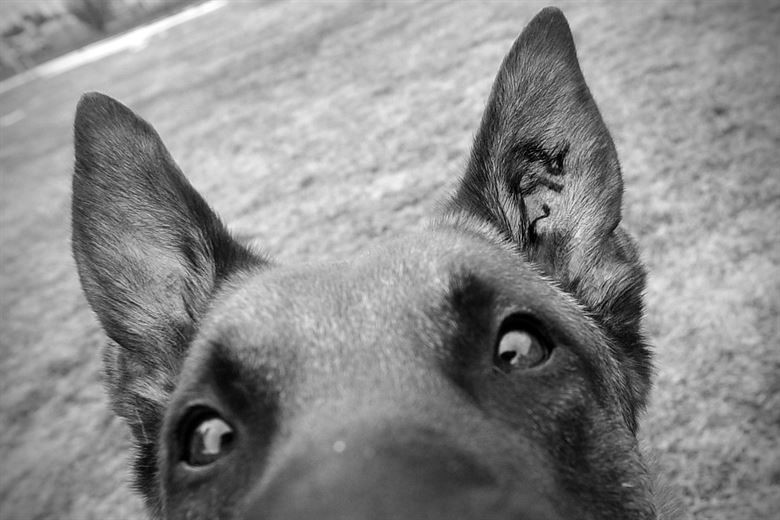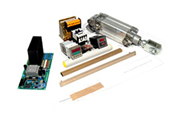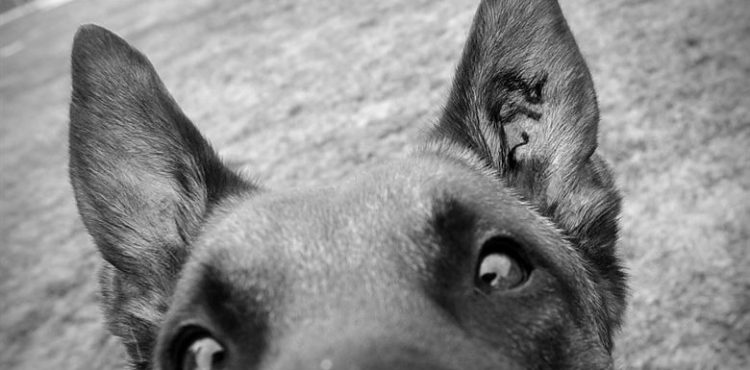Solving Common Shrink Wrap Problems
Shrink wrapping is not that hard, especially when using quality
shrink wrap machinery such as that we sell here at Sontex. However, there are a few common problems that can occur, as there is with any packaging solution.
If you use shrink wrapping to packaging your products and want to ensure that you can deal with any problems which may arise, keep on reading. Today we are here to walk through some of the most common shrink wrapping issues, as well as solutions to them, so that all of our wonderful customers can shrink wrap as greatly as possible without stress! Here goes…
Dog Ears

Dog ears generally occur on the corners of shrink wrapped products, these are protrusions of the film that are triangular and pointy in shape, often resembling dog ears. Dog ears are very common amongst shrink wrap and occur for a variety of different reasons such as there being insufficient shrinking of film. When looking to avoid dog ears, and/or looking to stop them from occurring going forward, here are a few tips:
- Make sure that the heat given out by your heat gun or shrink tunnel is the right temperature for the products that you are wrapping
- Don’t use shrink wrap film that is too large – paying particular attention in ensuring that your shrink wrap film is not too wide for the item that you are wrapping
- Ensure that you are using a high quality shrink film
Crow’s Feet
Often going hand-in-hand with dog ears, crow’s feet in the shrink wrapping world refers to wrinkles extending from the corners of wrapped packages. In a lot of cases, when dog ear issues are solved, crow’s feet are also eliminated. It is very rare for crow’s feet to be apparent on wrapped products which do not have dog-eared corners.
Fish Eyes

In shrink wrapping fish eyes are round or oval patterns in shrink film – this usually occurs when shrink film is poorly shrunk. These look very bad, unprofessional and sloppy and should be fixed if noticed.
If you keep noticing fish eyes in your packaging, follow these tips:
- Check your heating element to make sure that your heating source is still getting as hot as it is supposed to
- Make sure that your heat source is putting out adequate air as well as heat
- Slow down conveyor speeds to ensure that heat is fully applied
Ballooning
Ballooning occurs in shrink wrapping when shrink film is exposed to hot air after being sealed, with the air inside bags expanding and causing shrink film to blow up. If you have noticed ballooning, the following advice could help you:
- Consider using shrink wrap film which boasts vent holes such as pre-perforated film – This kind of film has small holes that allows trapped air to escape, however these holes can’t be seen by the naked eye
- Try to keep excess air out of packages as they are being wrapped
Splitting Seals
Splitting seals are possible the costliest shrink wrap issue, and an issue that must be addressed immediately when noticed. Split seals occur for a number of reasons, such as shrink film being too thin, and can result in a number of problems including damaged products and even lost products during transportation and shipping.
To avoid seals splitting when shrink wrapping you should make sure that you are using a thick, high quality shrink film, that you are using high quality machinery, and that you are using the most suitable shrink wrap application for the items that you are shrink wrapping.
Here to Help
If you are facing any of the above problems when shrink wrapping, or any other issues, and require further advice and assistance, you can call the Sontex team on 01274 872299.
Here at Sontex, we don’t only sell the most varied, high-quality range of shrink wrap machines, but are also passionate about shrink wrapping and are able to answer any of your questions!
https://sontex.co.uk/contact-us/
 Dog ears generally occur on the corners of shrink wrapped products, these are protrusions of the film that are triangular and pointy in shape, often resembling dog ears. Dog ears are very common amongst shrink wrap and occur for a variety of different reasons such as there being insufficient shrinking of film. When looking to avoid dog ears, and/or looking to stop them from occurring going forward, here are a few tips:
Dog ears generally occur on the corners of shrink wrapped products, these are protrusions of the film that are triangular and pointy in shape, often resembling dog ears. Dog ears are very common amongst shrink wrap and occur for a variety of different reasons such as there being insufficient shrinking of film. When looking to avoid dog ears, and/or looking to stop them from occurring going forward, here are a few tips:
 In shrink wrapping fish eyes are round or oval patterns in shrink film – this usually occurs when shrink film is poorly shrunk. These look very bad, unprofessional and sloppy and should be fixed if noticed.
If you keep noticing fish eyes in your packaging, follow these tips:
In shrink wrapping fish eyes are round or oval patterns in shrink film – this usually occurs when shrink film is poorly shrunk. These look very bad, unprofessional and sloppy and should be fixed if noticed.
If you keep noticing fish eyes in your packaging, follow these tips:



